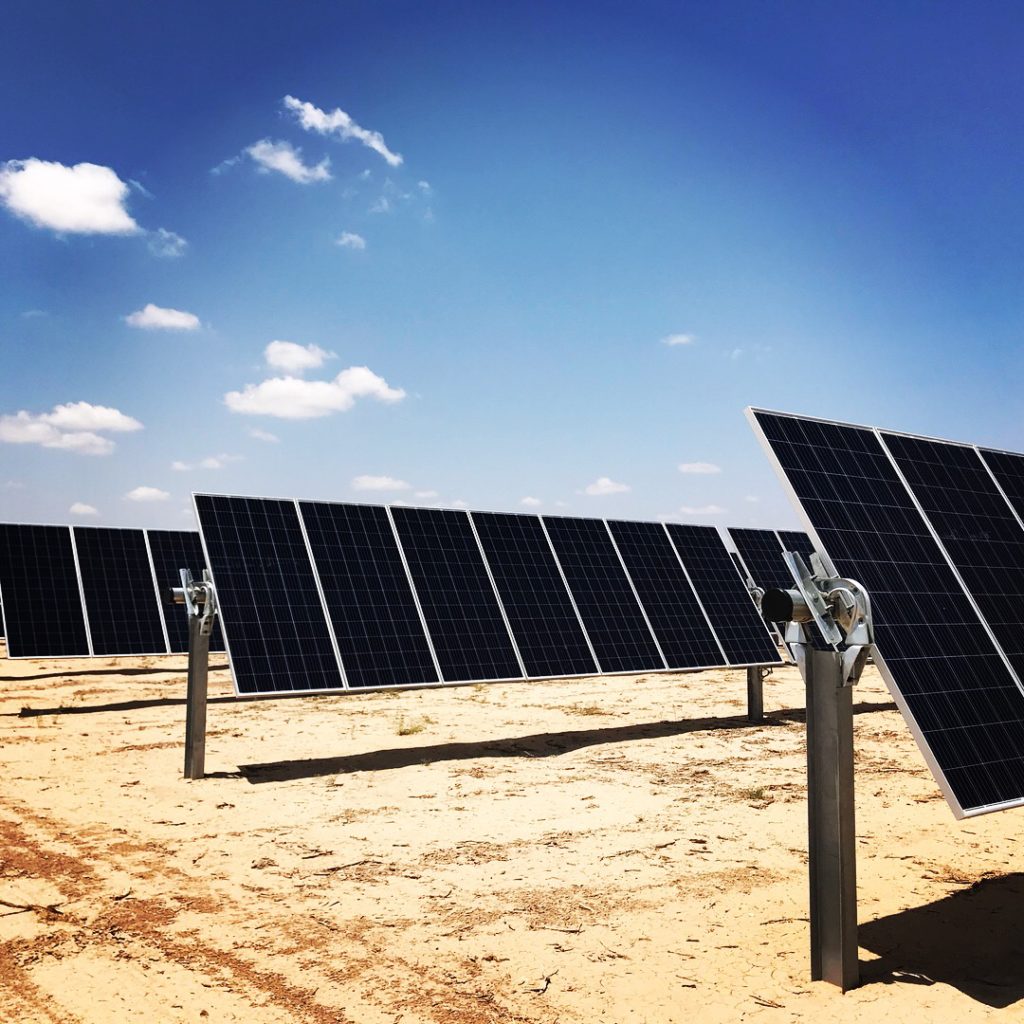
By Frank Andorka, Senior Correspondent
At the beginning of June, the Solar Energy Industries Association (SEIA) co-hosted a meeting in San Francisco, the purpose of which was to find ways to reduce extra costs associated with going solar. These costs, known as soft costs, include the cost of permitting, inspections, customer acquisition and other issues. SolarWakeup caught up with SEIA’s President and CEO Abigail Ross Hopper to discuss how the meeting went and what the next steps will be.
SolarWakeup: What was the purpose of this first meeting?
Abigail Ross Hopper (ARH): This was an introductory meeting, and as such, we think we did a nice job of laying the issues on the table. The next step broadly will be to identify concrete solutions, and determine specifically what it’s going to take to dramatically reduce soft costs. We see this as both a real and a critically important opportunity for the industry.
SWup: Why is the issue of permitting so important to the industry?
ARH: The process to design, permit, inspect and interconnect is much more burdensome in the United States than it is in other developed economies. Inconsistent interpretations of the rules (which can be national, regional, and local) from jurisdiction to jurisdiction makes the process inefficient and costly for both solar companies and permitting offices while also leading to customer frustration during a lengthy permitting process. That customer frustration can lead to contract cancelation, meaning all the time and money spent on such customers is lost and must be made up on systems that are completed. All in all, this contributes to a typical residential PV system in the U.S. costing about twice as much as a typical system in Australia. The current permitting and inspection process exists to ensure the safe installation of the system but there is a better, more effective way.
SWup: How can the industry participate?
ARH: Several organizations and companies, including Sunrun, Mosaic, SEIA and The Solar Foundation (TSF), are co-leading an effort, in collaboration with other companies and organizations, to develop a plan to thoughtfully streamline the process in the U.S. while maintaining high safety and quality of work standards. SEIA will build on the expertise and success of its Codes & Standards work and TSF will build off the work of its SolSmart program. Industry can participate and shape the campaign by joining SEIA and learning about and espousing to cities the successes of SolSmart.
SWup: What conclusions were reached at the meeting?
ARH: The participants are continuing discussions to develop and finalize an aggressive plan of action. Organizations and companies have seen a clear need to address this problem and have made commitments to work on this to reduce soft costs. More details to come soon.
SWup: What affect do you see these discussions having on the segment?
ARH: This is about making solar more affordable. More affordable means more accessible to more Americans and businesses. Cutting deadweight loss and unnecessary steps and costs benefit everyone.
SWup: What is the next step?
ARH: We’re continuing to build the coalition and assess what it is going to take to do this right. But real support in resources and funding from the industry will be crucial.
SWup: What policy prescriptions at the federal or state level can help move the needle on this?
ARH: This issue does not fall neatly into federal or state policy lines but there are opportunities to engage at national, state and local levels. All will be necessary in the end.
For more background on the permitting initiative outlined by Abby, you can catch Yann’s interview with Andrew Birch



